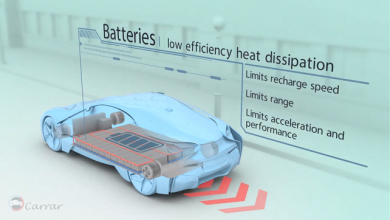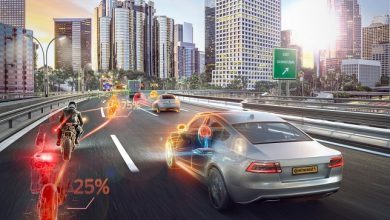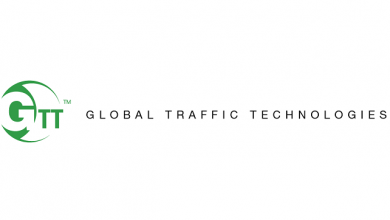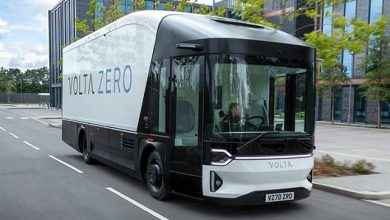Global V2X market to 2028: Combined 5g and mobile edge computing solutions to accelerate growth

DUBLIN, July 4, 2023 /PRNewswire/ — The “V2X Market for Vehicle to Everything by Connection Type (Cellular and Non-cellular), Communications Type (V2V, V2I, V2P), Vehicle Autonomy Level, Safety and Commercial Applications 2023 – 2028” report has been added to ResearchAndMarkets.com’s offering.
This report evaluates the V2X market including technologies, solutions, and major players. The report provides analysis of market challenges, opportunities, and overall business outlook.
V2X communications types covered in this report include V2V, V2I, V2H, V2N, V2D, V2P, V2G, and Vehicle-To-Cloud. The report also covers ADA types including On-Board and Embedded ADAS. The report includes detailed forecasts for the aforementioned market areas from 2023 to 2028.
Companies Mentioned
- AT&T
- Audi
- BMW
- Cohda Wireless
- Daimler
- Fiat Chrysler
- Ford Motor Company
- General Motors
- Honda
- Hyundai
- IBM
- Intel
- Nissan
- Qualcomm
- Toyota
- V2X Network
- Verizon
Select Report Findings:
- The market for in-vehicle Advanced Driver Assistance Systems will reach $6.1 billion globally by 2028
- The Western Europe market is anticipated to be a regional V2X leader, reaching $11.2 billion by 2028
- Combined 5G and mobile edge computing solutions to accelerate V2X growth in Asia Pacific and North America markets
- The global market for Vehicle-to-Pedestrian solutions to reach $987.9 million by 2028, surpassed only by Vehicle-to-Grid in terms of CAGR
Connected car technology in the form of Vehicle-to-Vehicle (V2V) and Vehicle-to-Everything (V2X) technology provides a means for vehicles to communicate with other cars on the road, as well as transportation infrastructure, allowing each individual entity involved to obtain visibility into the entire environment and maintain situational awareness.
V2V and V2X systems warn vehicle operators about potential hazards well in advance of the driver or the car’s own stand-alone sensors. Such systems can integrate information that would otherwise be missed by traditional sensing technologies. The information may be aggregated by cameras and radar, which is especially important in poor environmental conditions. This makes it possible for systems to warn about threats that may not be easy to detect.
V2V communications research dates back to the Vehicle Infrastructure Integration Initiative in 2003 and even earlier to the Automated Highway System (AHS) research of the 1990s. V2V and V2I derive their basic design from the Intelligent Vehicle Highway Systems (IVHS) concept, which was later renamed to ITS.
V2V technology involves a small box that is fixed either on the dash or A-pillar of the vehicle. The system includes a strong Wi-Fi router and the V2V box sends signals to and receives signals from other cars on the road. The system has a range of about 300-meter radius in urban areas and up to a kilometer on flat open ground.
V2V technology is well known and widely used but the more basic V2X system is equally important. V2X systems use the same technology as V2V but V2X has the functionality that allows the car to communicate with the road infrastructure. It uses the same in-car box to communicate to other cars and can also be used to communicate with the systems that operate stoplights, on-ramp meters, and message boards.
V2V and V2X technology promises to be a crucial part of the future of transport and the vehicles market. The V2X market is still only emerging and it includes V2V and V2I communications technologies.
The V2V market mainly includes aftermarket vendors while V2I includes electronic toll collection and electronic payment applications. The technology also becomes an extension to common networked solutions of the technology world, further extending the market for these network solutions. V2X technologies can dramatically improve road safety and also provide solutions to the increasingly critical issues of efficiency and traffic congestion.
V2X technologies will have a greater role when it is integrated into autonomous cars. The world of autonomous cars would make extensive use of V2V or V2X systems and the growth of these two technologies would rely on one another once they gain greater market acceptance and prominence.





